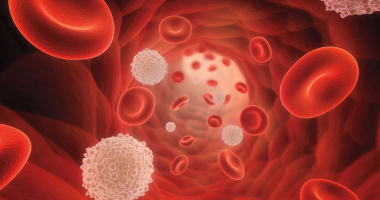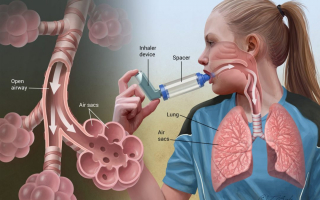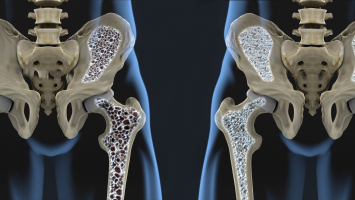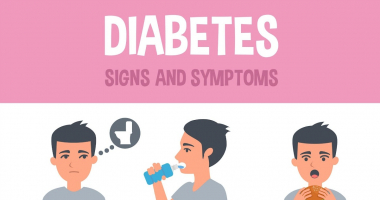Top 5 Signs and Symptoms of Fibromyalgia
Fibromyalgia is a persistent, chronic condition. It results in weariness, joint pain, and generalized muscular pain. Although there is no known cause, there ... read more...are certain risk factors for the disease, including stress and heredity. Fibromyalgia can affect anyone, even young children and it affects twice as many women as men. People can recognize disease by its symptoms. Therefore, let's find out Signs and Symptoms of Fibromyalgia below!
-
Muscle pain can be temporary or persistent. You can experience sporadic stinging sensations or a constant, profound discomfort. While some people only have localized muscle discomfort, others experience widespread pain. Everybody feels pain in their muscles differently.
You might experience joint discomfort in addition to muscular pain. Common joint pain typically manifests in the hands, foot, hips, knees, or spine. Pain may be ongoing or intermittent. The joint may occasionally feel stiff, achy, or sore. A searing, throbbing, or "grating" feeling is reported by some patients. Furthermore, the joint could be stiff in the morning but get looser and feel better with activity. However, excessive activity could exacerbate the pain. Joint pain can make it difficult for a person to perform simple tasks and may even affect how well the joint works.

via: Healthline 
via: Healthline -
Your mood and ability to function may be affected by the medical illness known as depression. Feeling depressed can entail sadness, anxiety, or hopelessness. Additionally, the condition may make it difficult to think, remember, eat, and sleep. If you have a depression, you may respond to certain things and situations with fear and dread.
You must experience these feelings on a daily basis for at least two weeks in order to be diagnosed with severe depressive disorder (clinical depression), which also includes other symptoms such trouble sleeping, a lack of interest in activities, or changes in eating. Depression may worsen and last longer if left untreated. In extreme circumstances, it may result in death or self-harm.

via: Pain Resource 
via: Pain Resource -
Technically, constipation is defined as having less than three bowel motions each week. The frequency of "going" varies greatly from person to person. While some people go to the bathroom multiple times each day, others only do it once or twice per week. As long as you don't deviate too much from your pattern, whatever your bowel movement pattern is, it's particular to you and normal.
Whatever your bowel habits, one thing is certain: the longer you wait to "go", the harder it is for stool or poop to pass. Other important characteristics that typically characterize constipation include dry, hard stools, painful bowel movements, difficult stools to pass, and the perception that your bowels are not completely empty.

via: Medical News Today 
via: Medical News Today -
Headaches are pains in the head or face that are frequently described as throbbing, continuous, severe, or dull pressure. The kind, intensity, location, and frequency of headaches can all vary substantially. Most headaches are harmless, but other types may indicate a more serious problem.
More than 150 different types of headaches exist. Primary and secondary headaches are the two main classifications. Most people will suffer from headaches at some point or another throughout their lives. They are the most prevalent type of pain and the main cause of absences from work or school as well as doctor visits.
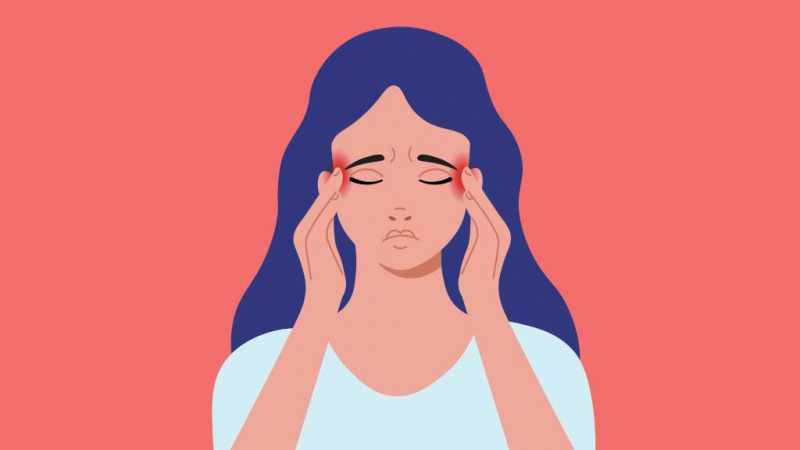
via: Ausmed 
via: Ausmed -
TMJ, or the temporomandibular joint, is referred to by this abbreviation. Your temporomandibular joints are situated just in front of your ears on both sides of your face. The TMJs, which help with movements like chewing and speaking, join your lower jawbone to your skull. Injury to the jaw joints or surrounding tissues can result in TMJ disorder.
Temporomandibular joint disorder is referred to as TMD. Any TMJ problem is meant by this. The phrases TMJ and TMD are frequently used interchangeably. When the muscles and ligaments surrounding your jaw joints experience inflammation or irritation, TMJ dysfunction develops. Pain from the condition could be mild or severe, and it could be acute or chronic.

Temporomandibular disorders 
Temporomandibular disorders











